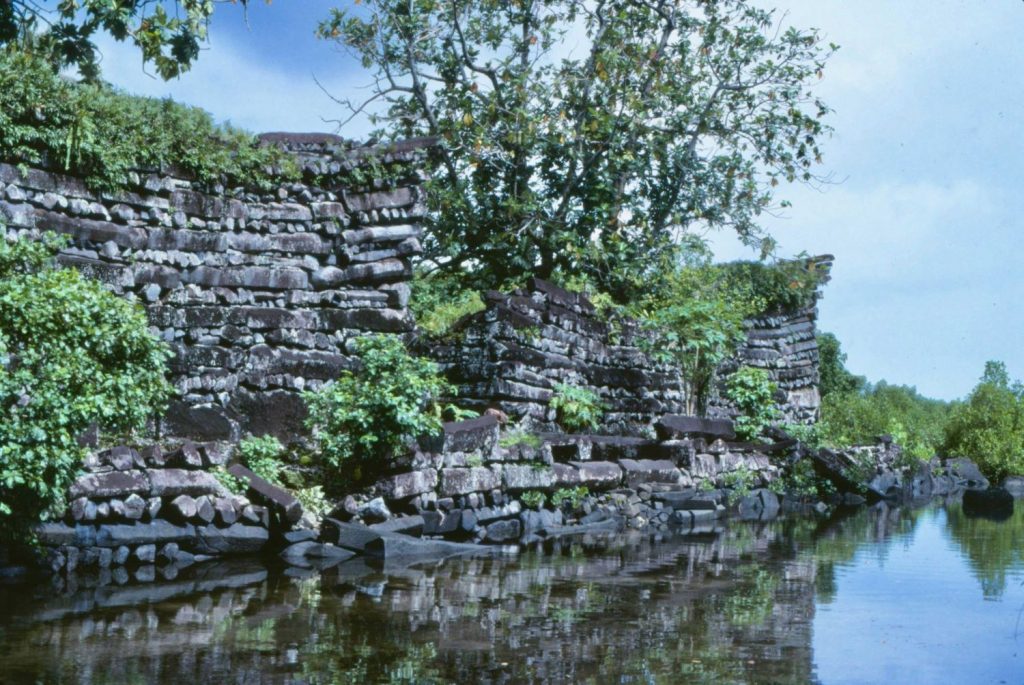Study: Micronesians Came From East Asia, Polynesia More Than 3,000 Years Ago

Research involving four co-authors with University of Hawaiʻi at Mānoa ties has revealed the origins of the inhabitants of Micronesia. Prior to the study, the inhabiting of this vast region was a mystery.
Ancient DNA showed there were five streams of migration into Micronesia and matrilocality, or patterns of marriage in which the groom resides with the bride’s parents, in early Pacific seafarers. The new insights, recently published in Science, were gleaned from research involving UH-Mānoa anthropology professor emeritus Michael Pietrusewsky and his former students Rona Michi Ikehara-Quebral and Michele Toomay Douglas and affiliate graduate faculty J. Stephen Athens.
“I am so proud that we have contributed to a better understanding of the bioarchaeology and archaeology of Micronesia, including the Mariana Islands and Pohnpei, the Pacific and beyond,” Pietrusewsky said in a press release.
The work discovered five previously undocumented migrations into Micronesia and suggests that approximately 3,200-3,500 years ago early inhabitants of Remote Oceania, including Guam and the Northern Mariana Islands, had matrilocal population structures where migrants joining new communities were almost always men.
The five migrations detected included three from East Asia, one from Polynesia and one from the northern fringes of mainland New Guinea. The results come from a genome-wide analysis on 164 ancient individuals from between 300 and 2,800 years ago, as well as 112 modern individuals.
“An interesting finding was that, unlike the pre-contact and modern people of Central Micronesia, the present-day indigenous people of the Mariana Islands derive nearly all their pre-European-contact ancestry from two of the East-Asian-associated migrations, making this one of the few places in Remote Oceania without Papuan ancestry,” Pietrusewsky said in the press release.
The article was published by a team of researchers co-led by Harvard geneticists David Reich and Yue-Chen Liu, Ron Pinhasi at the University of Vienna and Rosalind Hunter-Anderson, an independent researcher working in Albuquerque, N.M. Athens, Ikehara-Quebral and Douglas are affiliated with International Archaeological Research Institute Inc., which has offices in Honolulu and Guam.
Future research will hopefully involve modern and ancient DNA from other Pacific island communities that have an interest in learning more about biological origins, family structure and social customs of their ancestors.
Sponsored Content
Comments








